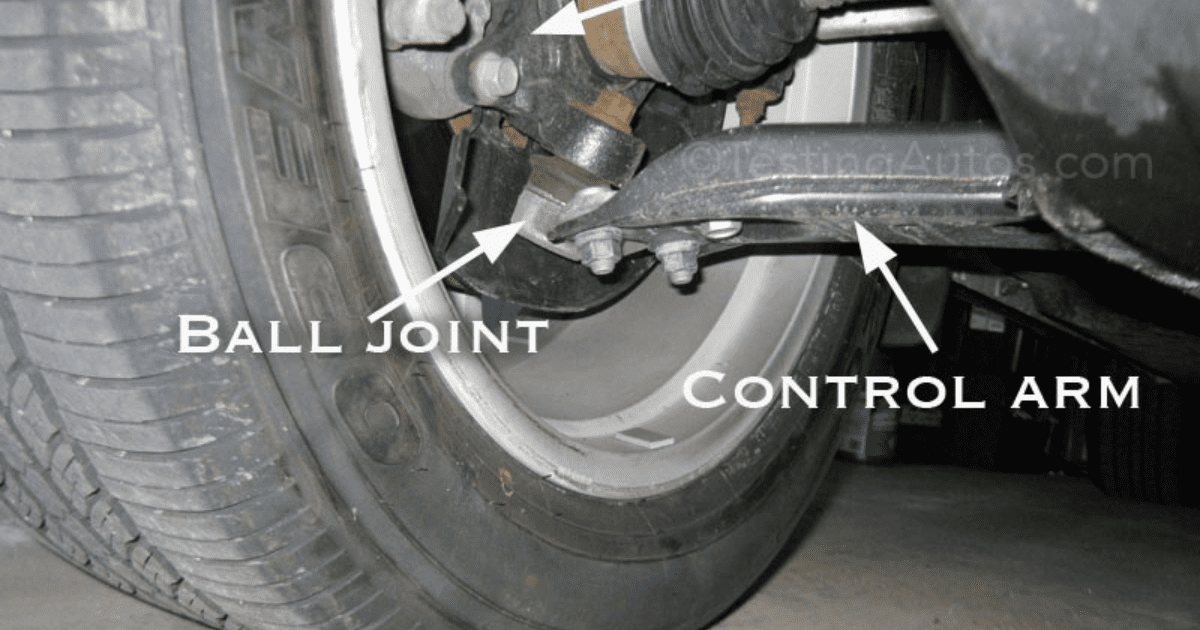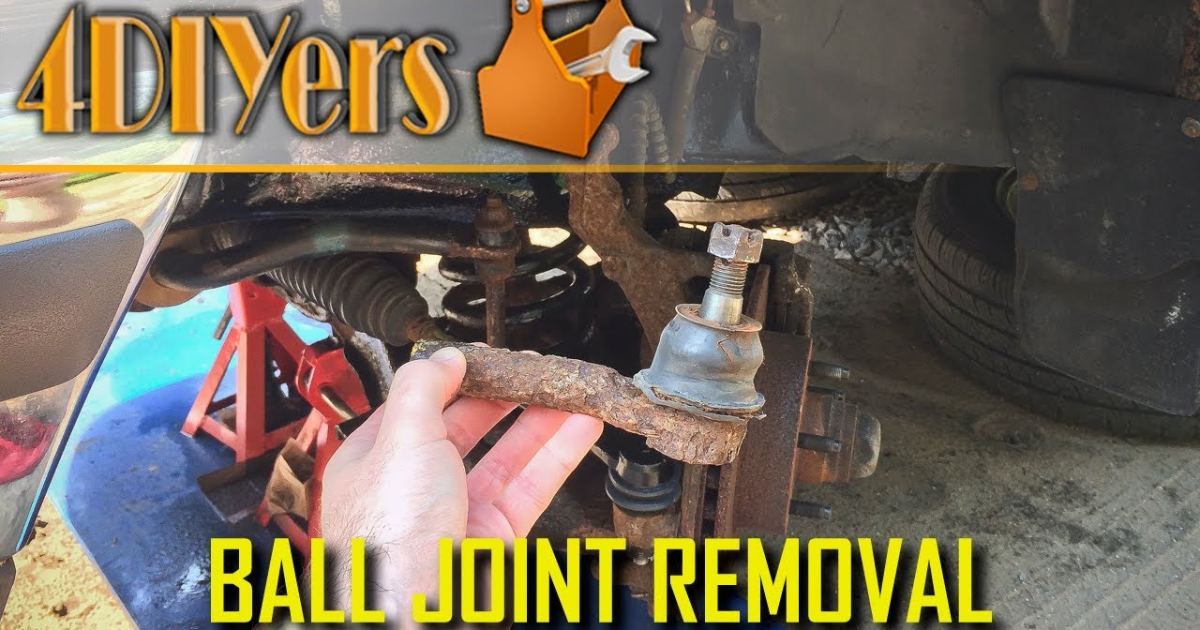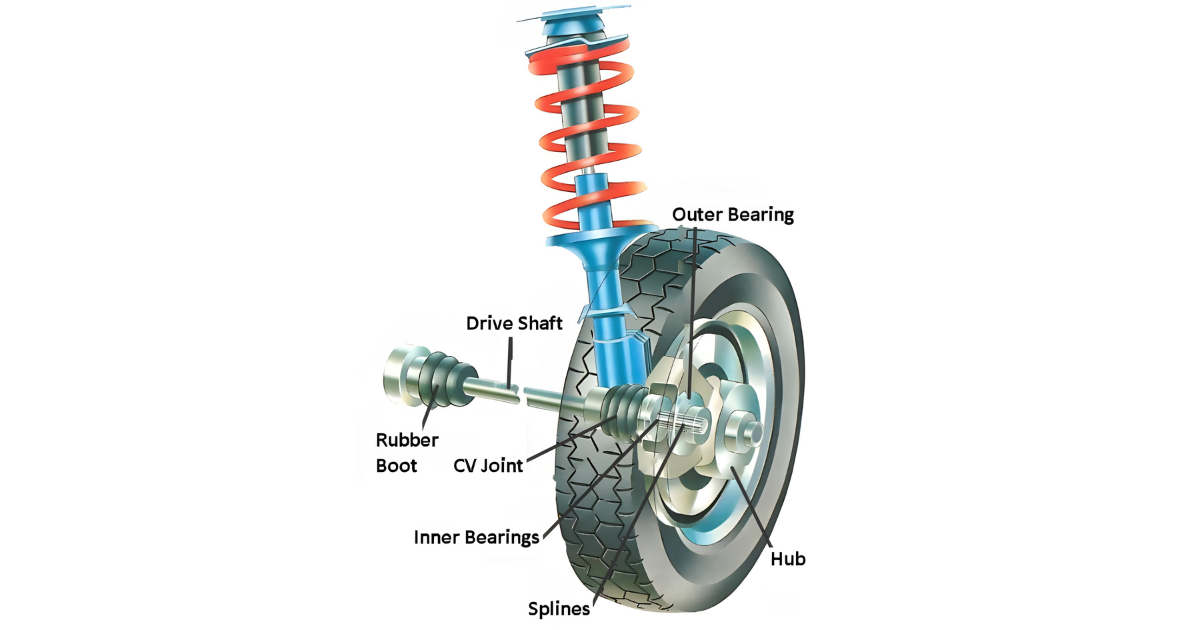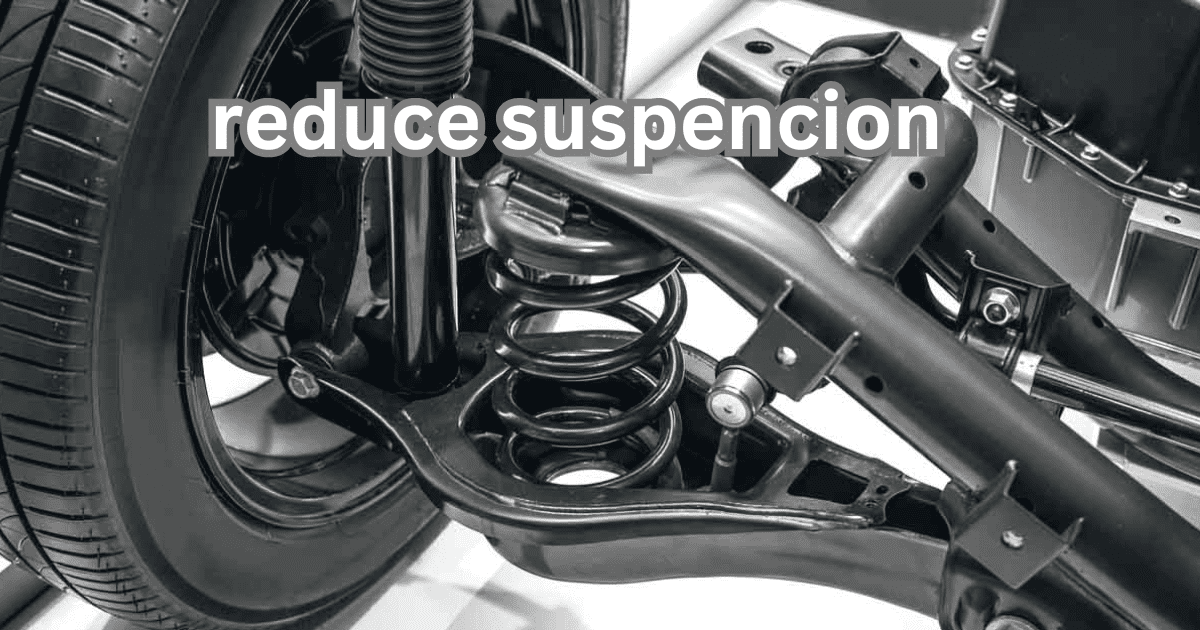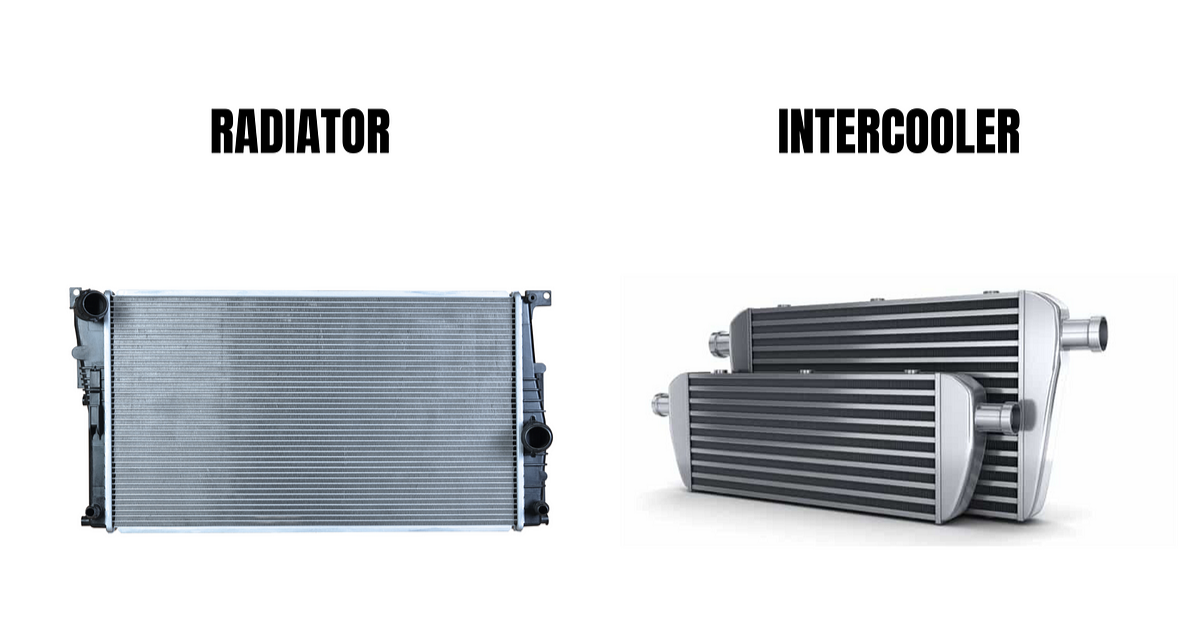Connecting the control arm to the wheel hub, ball joints are crucial parts of the suspension system. Because of the stability they provide, your vehicle will drive safely on the road.
But the tension they take causes them to wear down eventually, just like any other part of the suspension system. And as they wear out, you should get new ones so you can steer with absolute precision and stability.
Ball Joints Explained

Ball joints allow the various parts of the vehicle’s suspension to move in tandem with the front wheels by connecting them via a linkage. A myriad of components, including joints, links, bearings, and bushings, make up the front suspension of a vehicle, which enables the driver to exert control over the front wheels via steering the steering wheel.
The driver has complete control over the front wheel’s individual components thanks to the ball joints. This eliminates the need for the tires to be in constant touch with the road, which in turn reduces the likelihood of uneven wear.
Ball and socket joints link the wheel hub to the suspension components, as mentioned above. The control arm presses down on the ball joints of each wheel. The vehicle may move vertically thanks to the control arms that are hinged to the front wheels.
These parts support the majority of the vehicle’s weight and keep the wheels from spinning. But this is what will eventually wear them down. The front wheels will make a clunking or clicking sound if the ball joints are not in good working order, which is caused by excessive wheel play. However, are ball joints standard on all cars? The front suspension of almost every contemporary vehicle features ball joints.
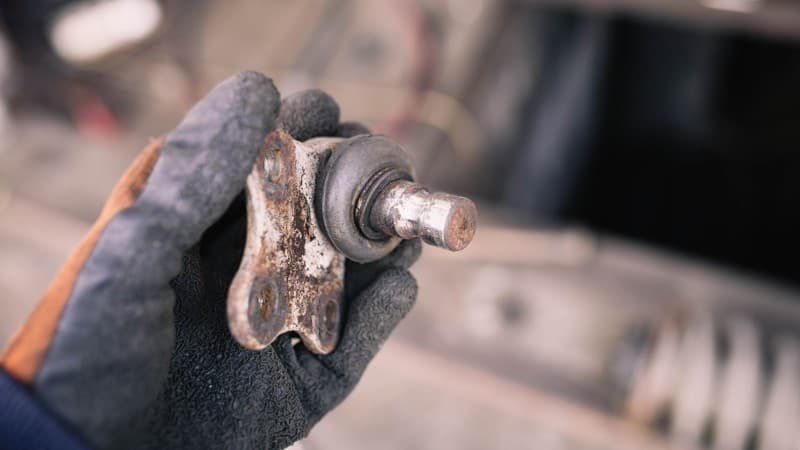
How many ball joints does a car have?
Vehicles are available in a variety of styles. In addition, the amount of components, capabilities, and positions might vary greatly across designs. For instance, while most vehicles’ ball joints are found in the front suspension system, their exact placement and design might vary from one model to another.
The question is, how many ball joints does an automobile have? A pair of ball joints are pressed into the lower control arms of nearly every vehicle. The control arm features one ball joint for each front wheel, for a grand total of two ball joints. A short, long arm (SLA) suspension system, on the other hand, features four ball joints—one for each of the front wheels—on the vehicle. The wheels also include ball joints at both the upper and lower ends.
It is difficult to determine the exact number of ball joints in cars because some models have them in the back. When it comes to the rear suspension and wheel hubs, the back ball joints serve as the pivot points.
In terms of technology, almost every vehicle has a front suspension system with two or four ball joints, and some even have two ball joints in the back. For this reason, automobiles’ front and back wheels use two or even six ball joints.
Conclusion
By now, you probably aren’t wondering, “How many ball joints does an automobile have?” Two front ball joints are standard on most vehicles, however some, such those with a Short Long Arm suspension system, use four. A truck’s front axle also features four ball joints.
The number of balls in your vehicle’s suspension system is irrelevant; what matters is that they link the various parts to the wheel hub. Deterioration or loss of control might happen when you least expect it, so it’s important to check them often and replace them as they wear out.
